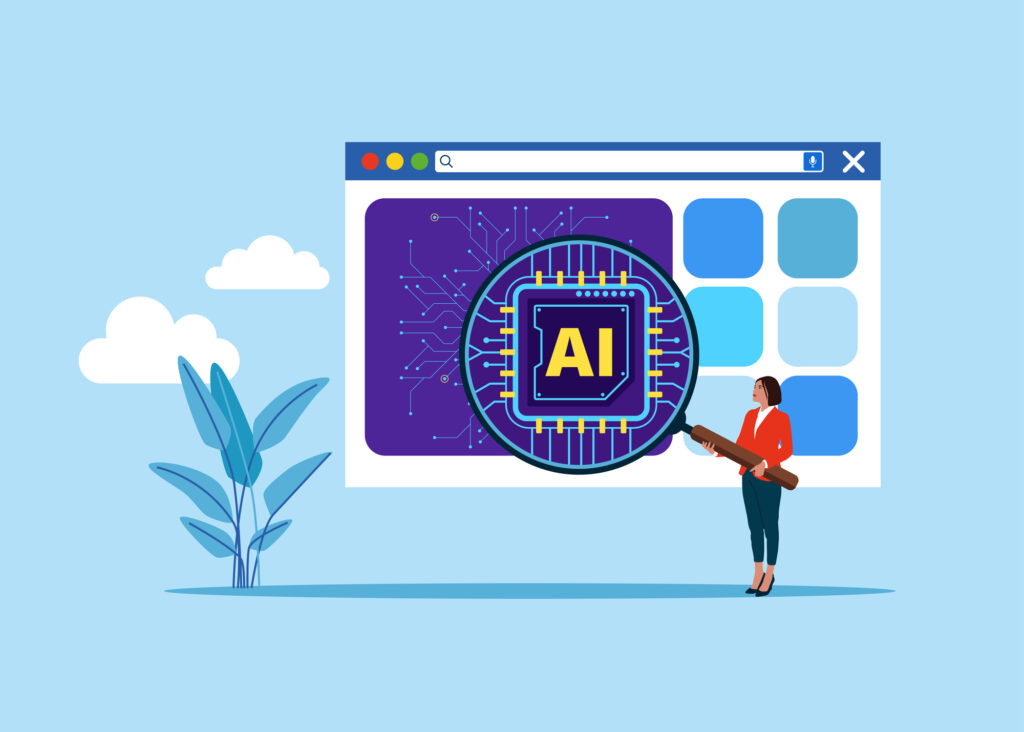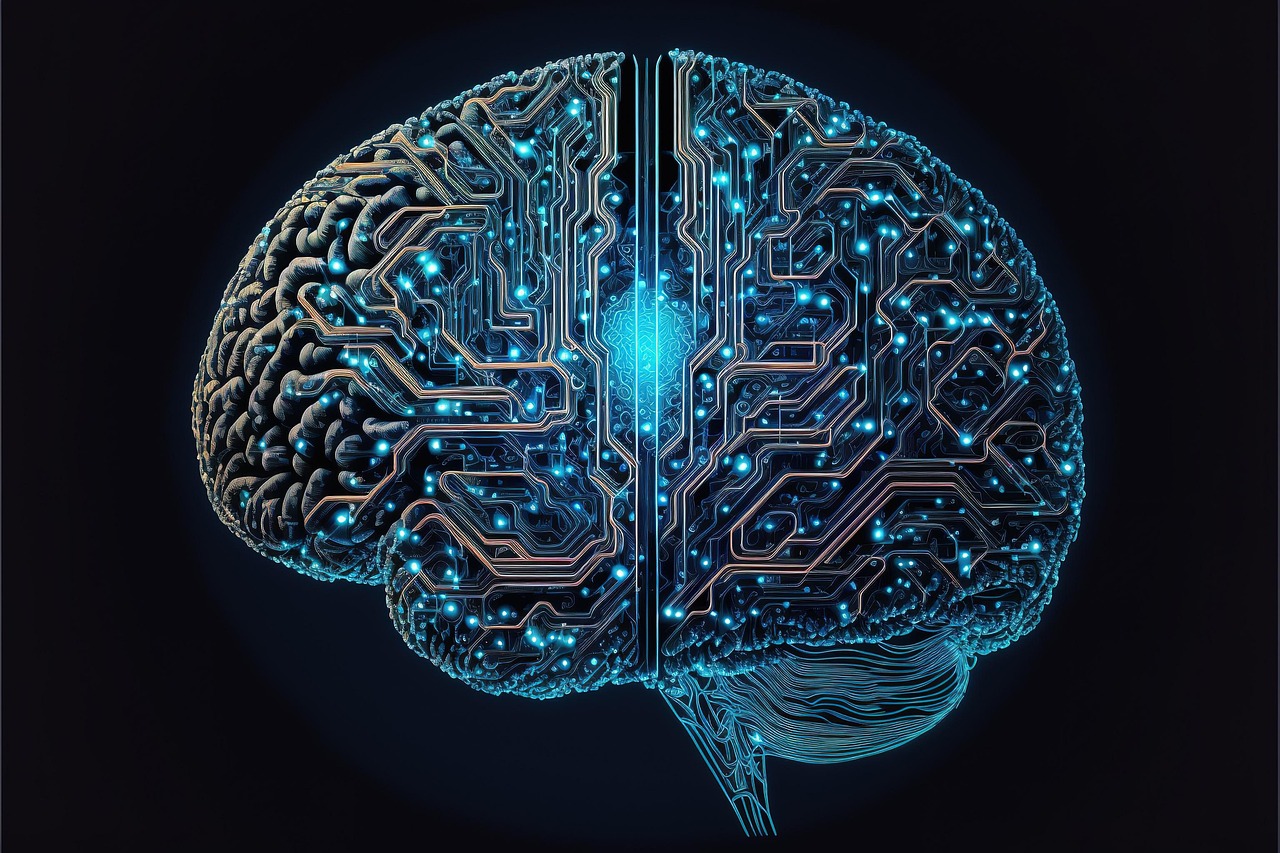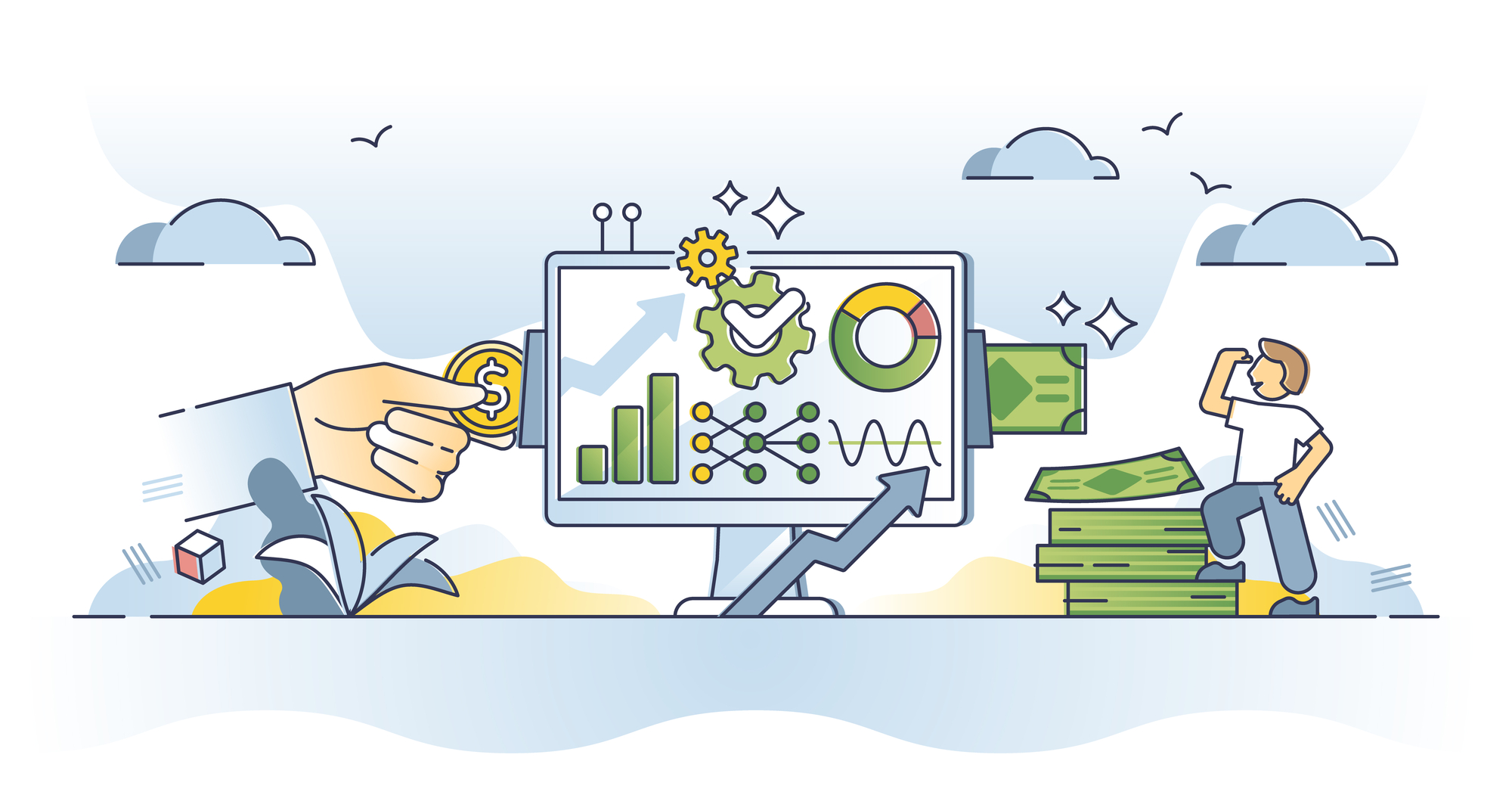Artificial Intelligence continues to evolve at a dizzying pace, reshaping industries, redefining productivity, and igniting debates around ethics and transparency. From creative tools used in Hollywood productions to cutting-edge assistants that understand context from your desktop screen, the AI landscape is expanding faster than ever.
Here’s a roundup of seven of the latest in AI developments from the last few weeks that everyone in tech, business, and creative industries should be aware of.
1. Netflix Uses Generative AI for Visual Production
Netflix has officially embraced generative AI in its production pipeline—not to replace actors or storytellers, but to enhance efficiency in visual content creation. According to Bloomberg, Netflix is deploying AI tools to generate backgrounds and visual elements for select scenes. These AI-generated assets allow artists to iterate faster, reducing the time and cost traditionally required for post-production work.
This approach signals a growing trend: AI as a creative partner rather than a replacement. Studios gain flexibility and scalability while preserving the role of human direction and storytelling. For creative professionals, it’s a nudge to start exploring how these tools can augment, not threaten, their craft.
2. Anthropic Quietly Limits Claude Code Usage
Anthropic, the company behind Claude AI, stirred controversy after silently imposing new restrictions on Claude Code, the programming-focused version of its chatbot. Users discovered the limitations only after experiencing reduced functionality—without any formal announcement or changelog.
This incident reignited the conversation around transparency in AI development. While platform providers have every right to evolve and fine-tune their tools, the lack of proactive communication frustrated many developers who rely on Claude Code for daily workflows.
3. OpenAI Introduces Functional Agents in ChatGPT
One of the most groundbreaking updates comes from OpenAI: ChatGPT can now act as a true agent. With the introduction of its new “agentic” capabilities, ChatGPT can autonomously complete multi-step tasks like searching for files, summarizing documents, organizing data, and even formatting output—without users needing to explain each action.
This leap significantly boosts productivity and lowers the barrier for users who aren’t technically inclined. In many ways, this is a glimpse into the future of AI-as-a-service: tools that don’t just respond, but proactively execute.
4. Lovable Becomes a Unicorn Just 8 Months After Launch
The no-code AI platform Lovable has officially joined the unicorn club, reaching a $1 billion valuation after raising $200 million in funding. Launched less than a year ago, Lovable empowers non-developers to build and deploy AI-powered tools and workflows without writing code.
This explosive growth reflects increasing demand for accessible AI solutions—especially among SMBs and enterprise teams looking to innovate quickly without relying solely on engineering resources.
For businesses, Lovable represents a new era of democratized AI development—one where anyone with an idea can build intelligent tools tailored to their needs.
5. Slack Adds AI to Summarize Threads and Write Content
Slack, the ubiquitous workplace messaging tool, is rolling out built-in AI capabilities that promise to cut down on time spent navigating complex message threads. The new features include:
-
Automatic thread summaries
-
Suggested replies
-
Auto-generated documents and notes
These functions are integrated directly within the app, making it easier for teams to stay on top of conversations, follow up faster, and create content on the fly.
This is a game-changer for fast-moving teams juggling multiple channels and projects. It also signals Slack’s commitment to becoming not just a communication platform—but a smart assistant embedded in your workflow.
6. Microsoft Copilot Now Sees What’s on Your Screen
Microsoft has taken a bold step with Copilot by enabling it to read what’s visible on your screen. This contextual awareness allows Copilot to provide more relevant, actionable responses based on what applications and files are currently open.
Imagine drafting an email and Copilot instantly referencing the spreadsheet you’re working on—without needing to upload or describe anything. This new level of integration pushes AI assistance closer to a real “digital co-worker” that anticipates needs and reacts to your environment.
While privacy and security will remain top concerns, this move is a significant milestone toward seamless, intelligent productivity tools.
7. Canva Adds Claude AI as a Text Assistant
Canva, already a go-to tool for designers and marketers, has now integrated Claude AI to assist users with copywriting and text generation inside its editor. From catchy social media captions to detailed product descriptions, Claude helps users write directly within the Canva interface.
This fusion of visual and language tools makes Canva even more powerful as an all-in-one platform for creating branded content—especially for solopreneurs, educators, and small business teams.
For creatives, this means less app-switching and more cohesive, streamlined workflows where design and messaging go hand-in-hand.
Final Thoughts: AI Is Everywhere—and Evolving Fast
The takeaway from these seven updates? AI is no longer just a trend—it’s a fundamental part of how we work, create, and communicate. From Hollywood sets to coding assistants and workplace messengers, intelligent tools are being embedded across every layer of our digital lives.
However, this rapid evolution also calls for careful reflection. As platforms gain more autonomy, questions around transparency, privacy, and control become more urgent. Stakeholders—from developers to executives—must stay informed and vigilant, not just about what AI can do, but how it does it.
Whether you’re a creator, a business leader, or simply curious about the future, now is the time to pay attention.




